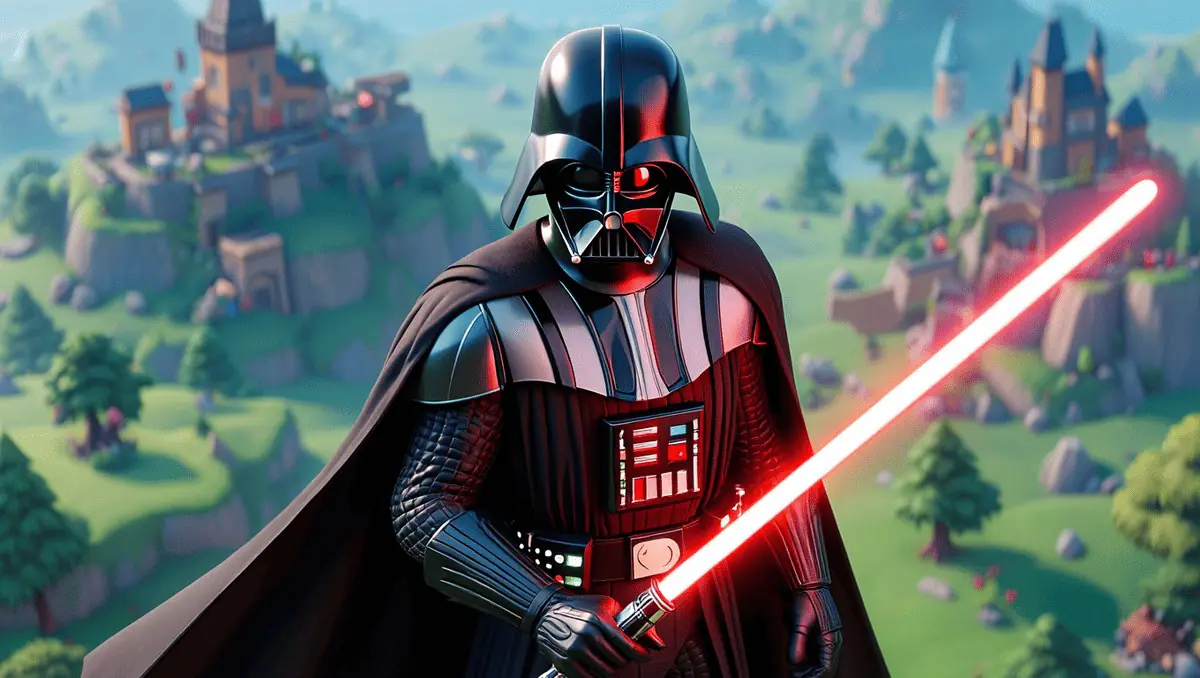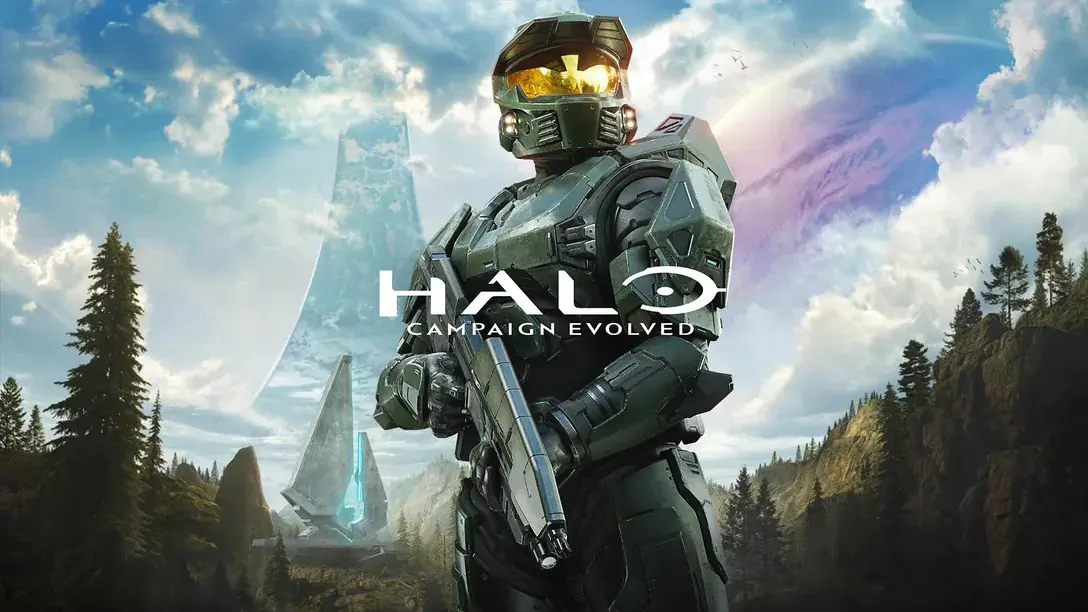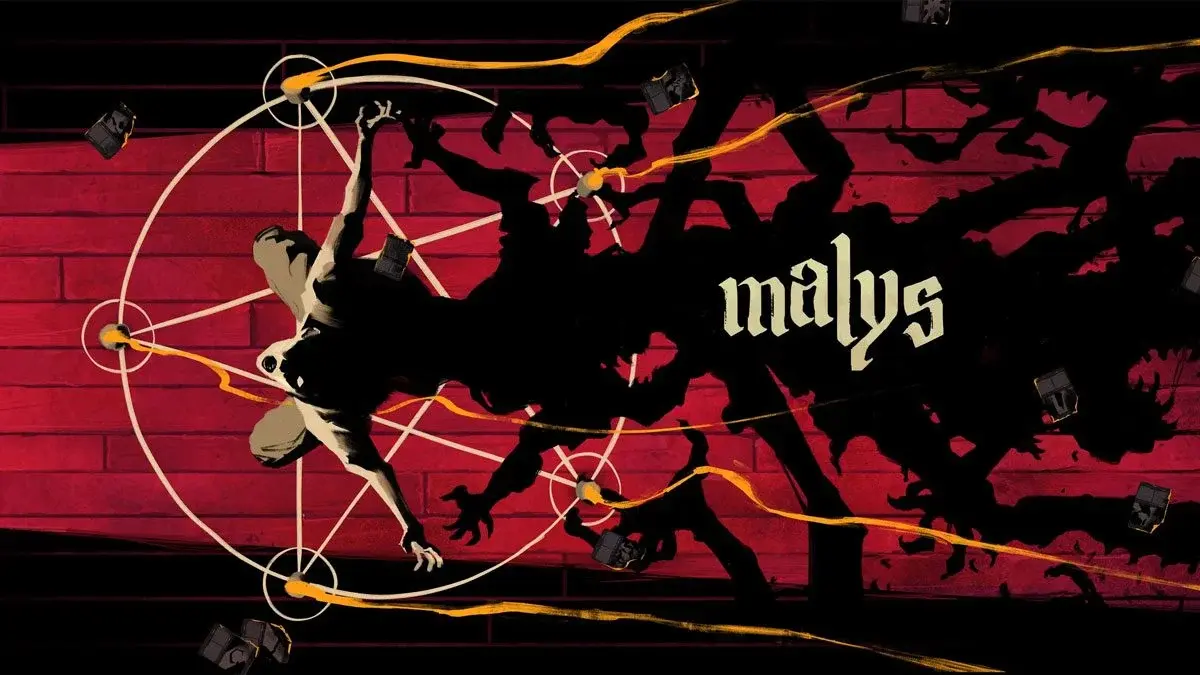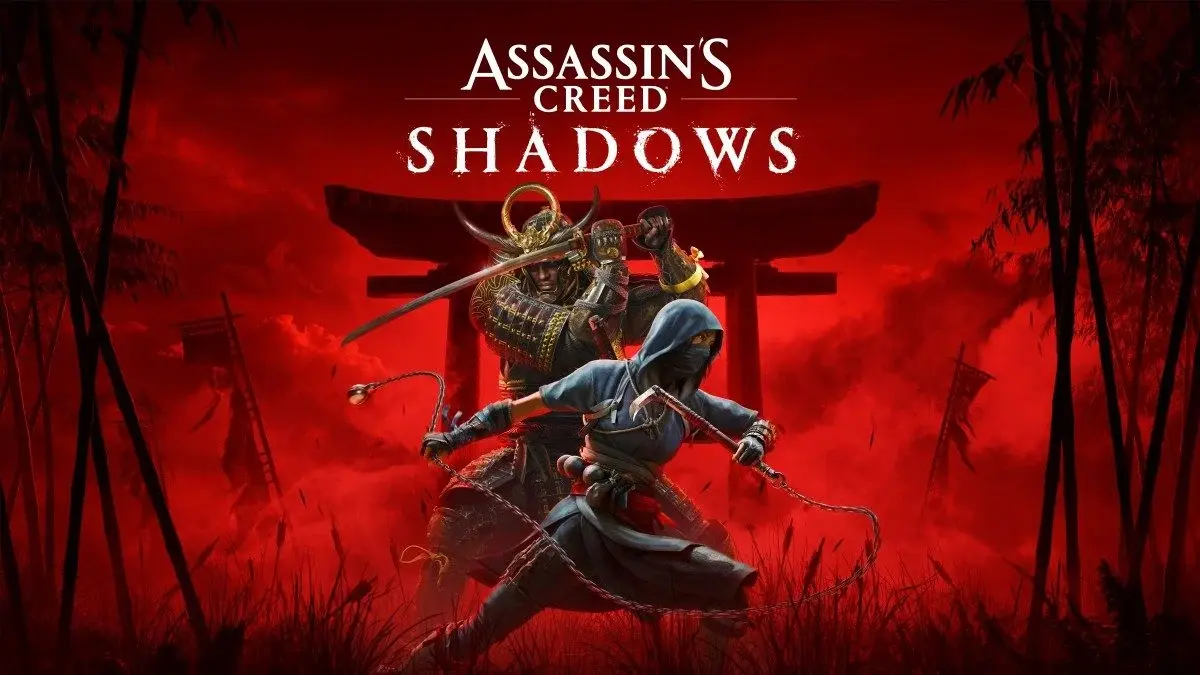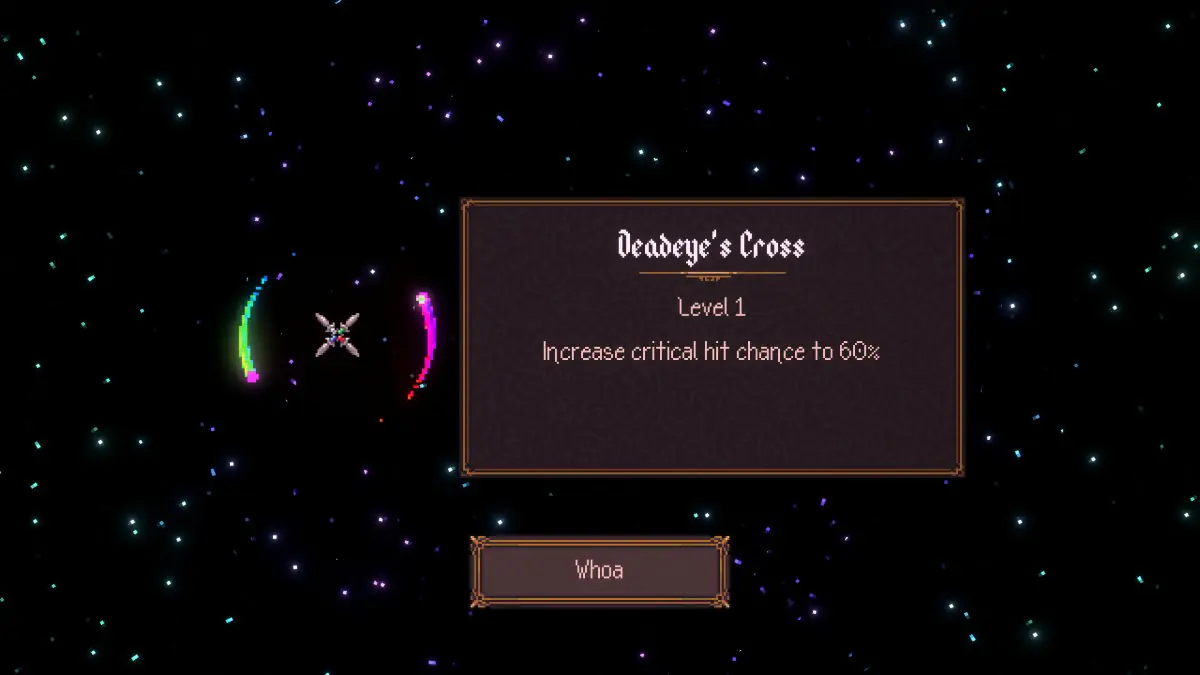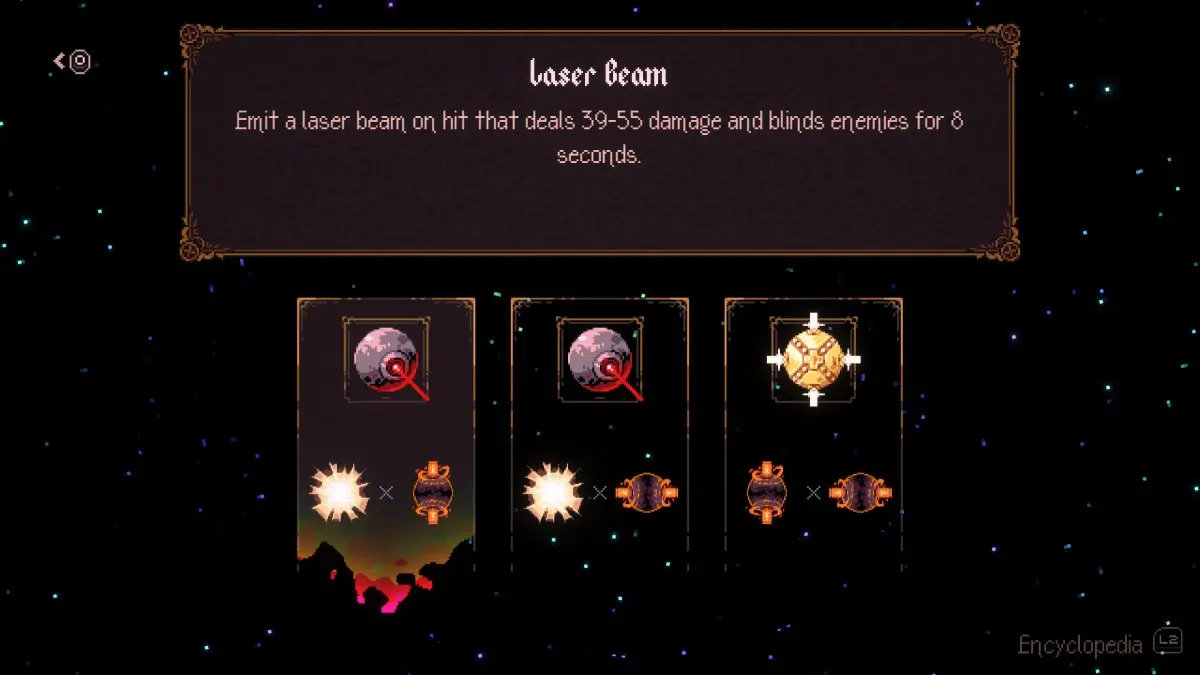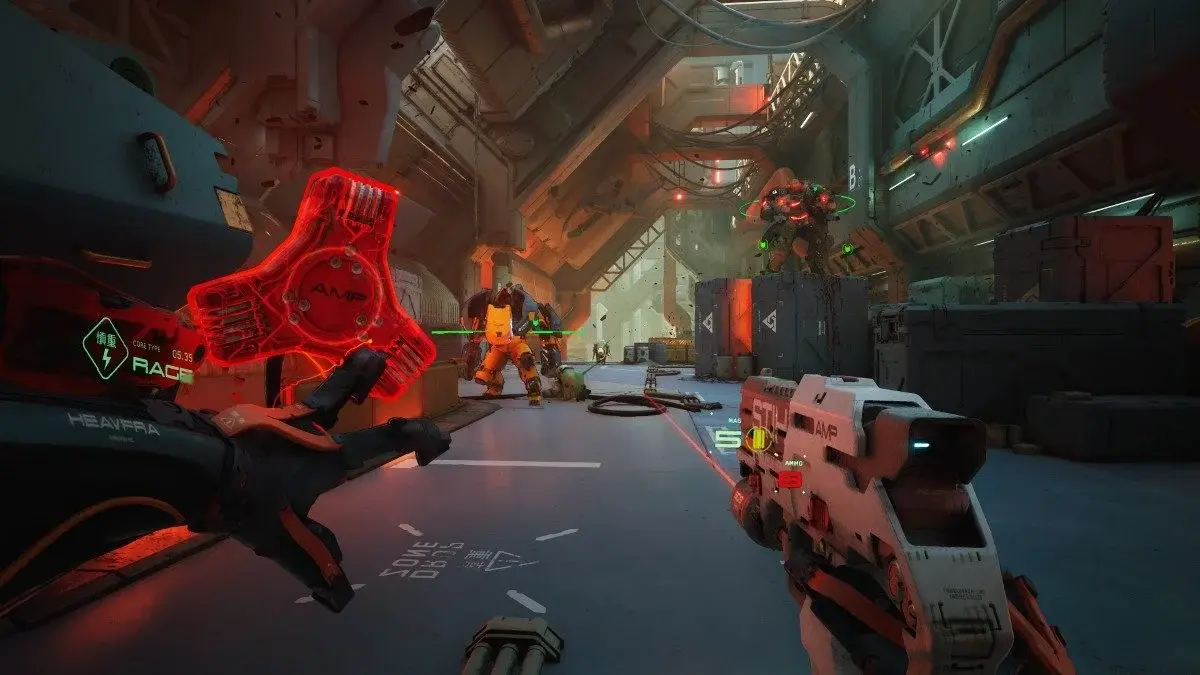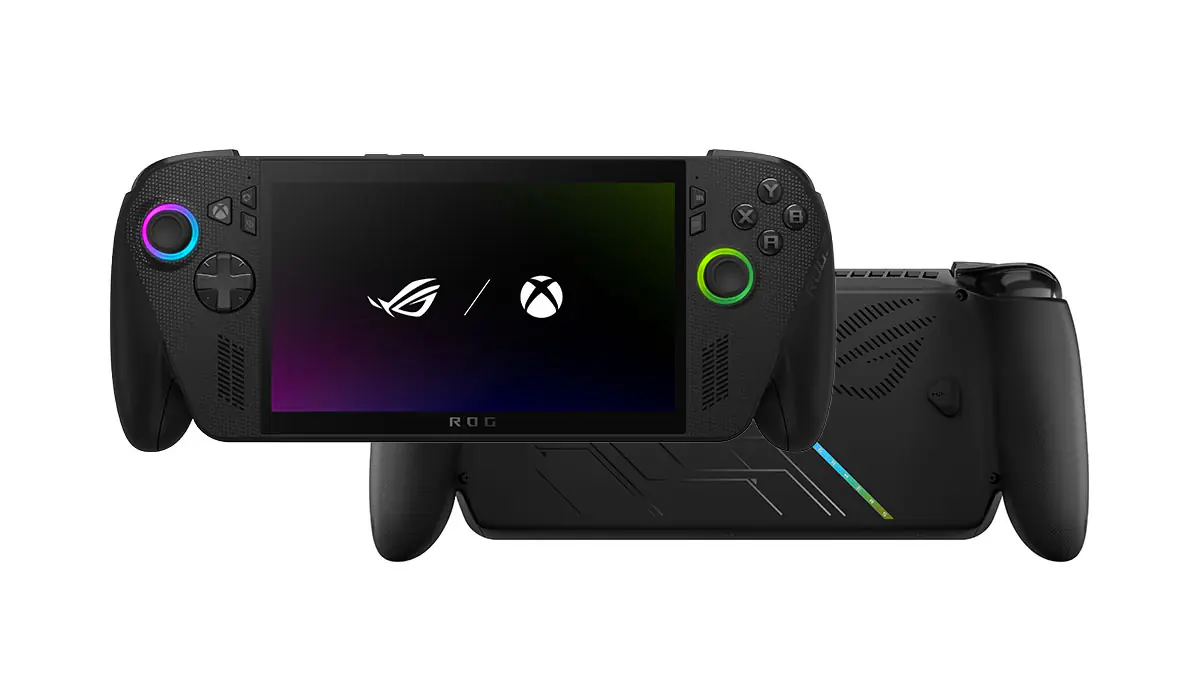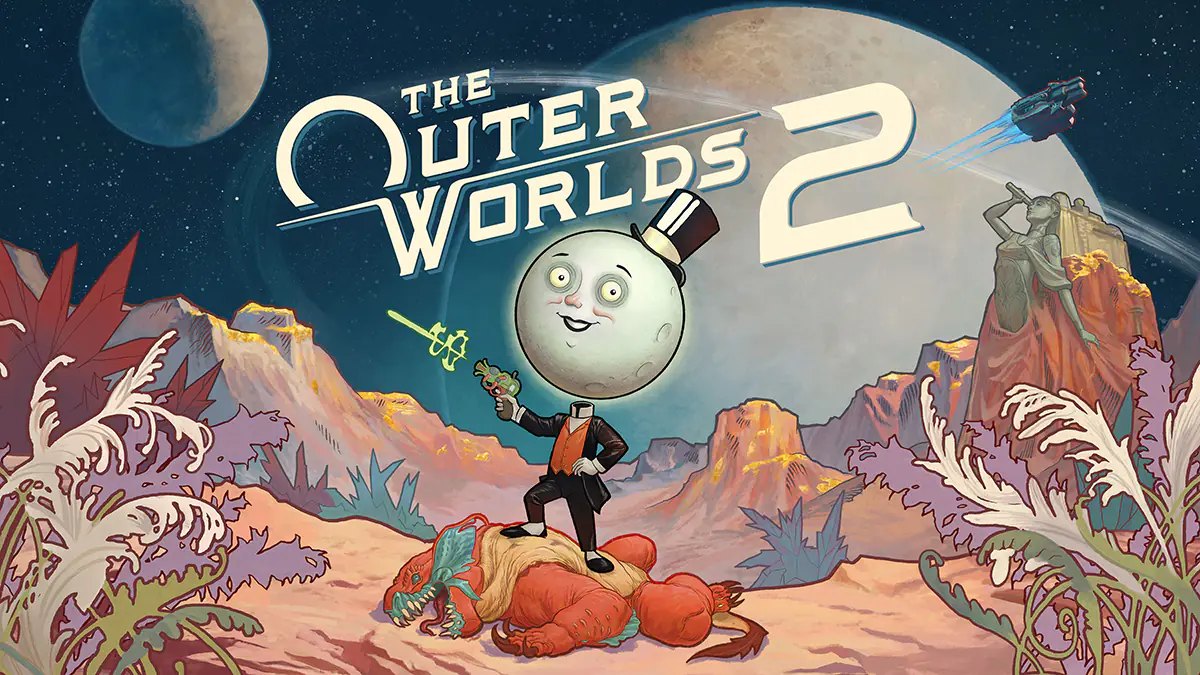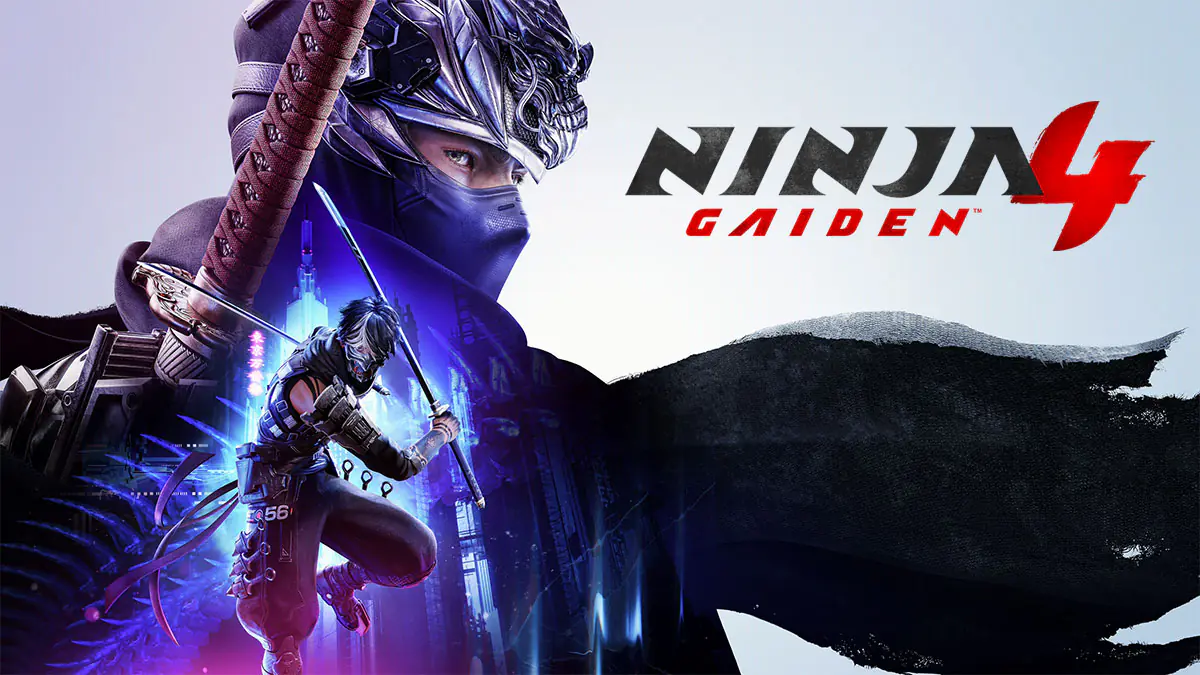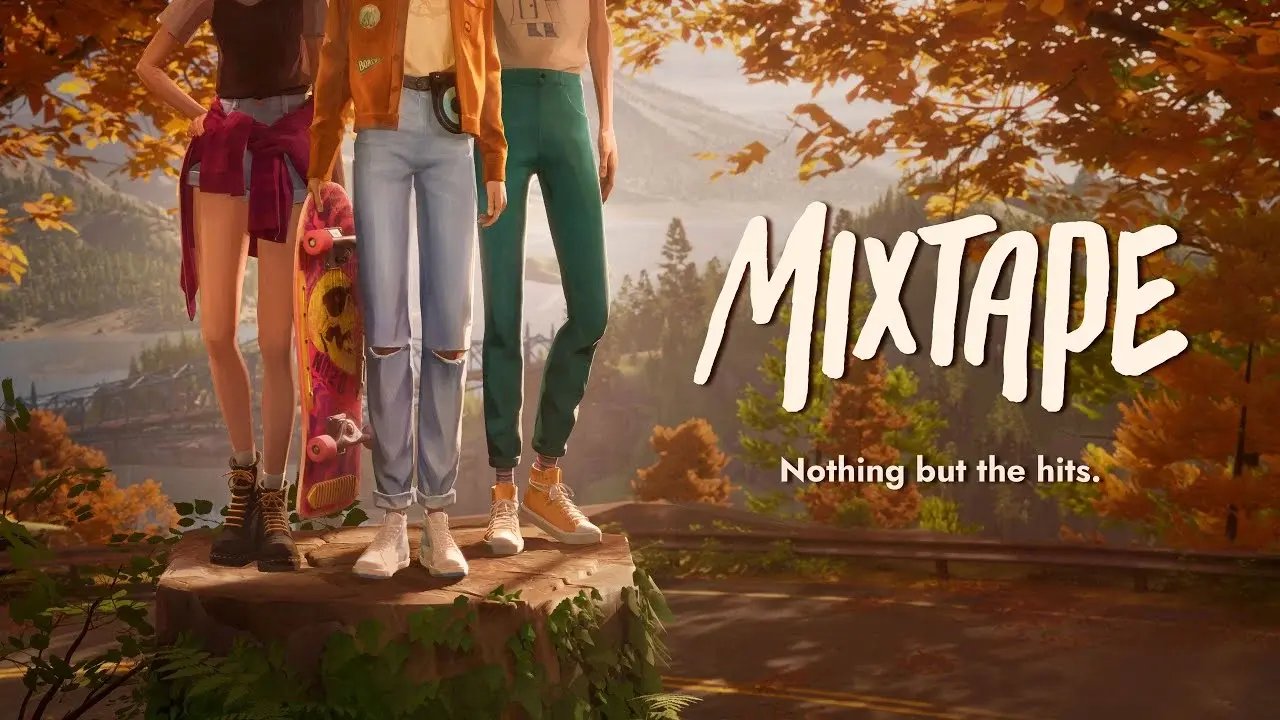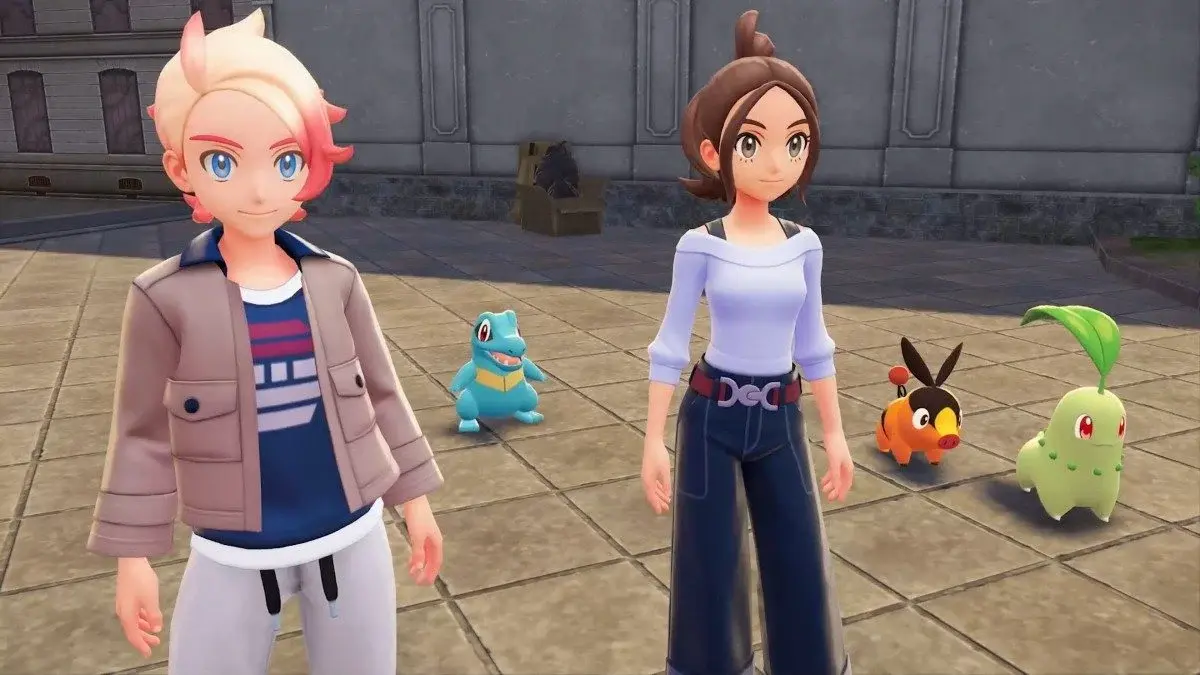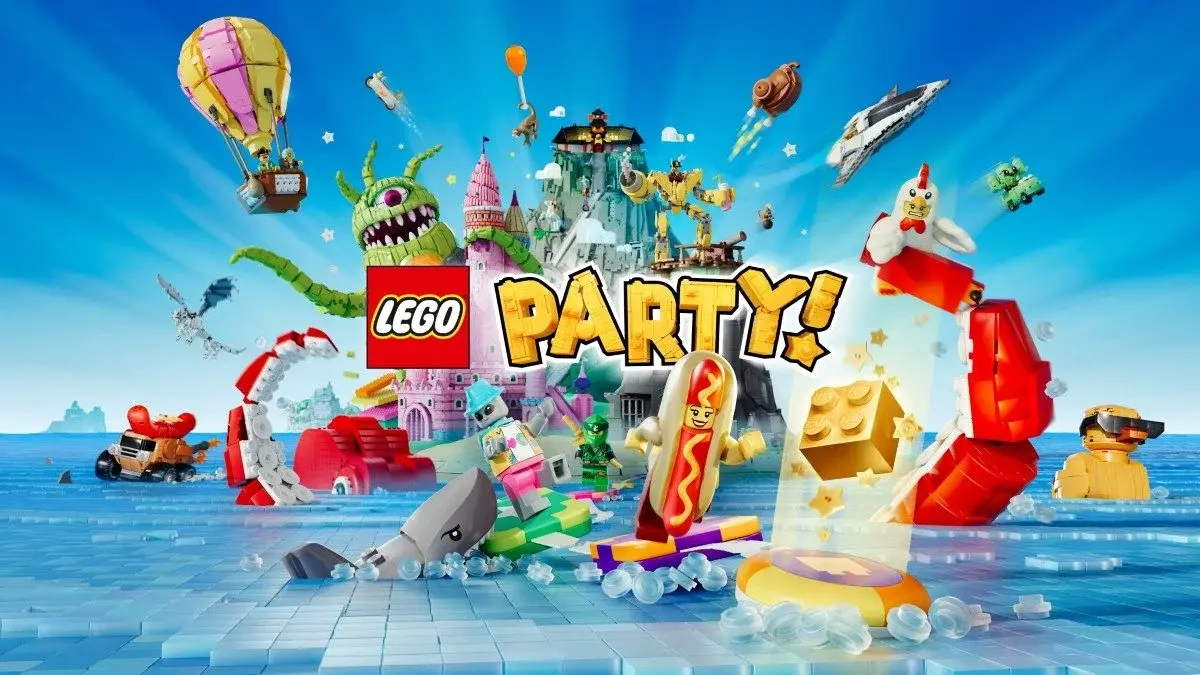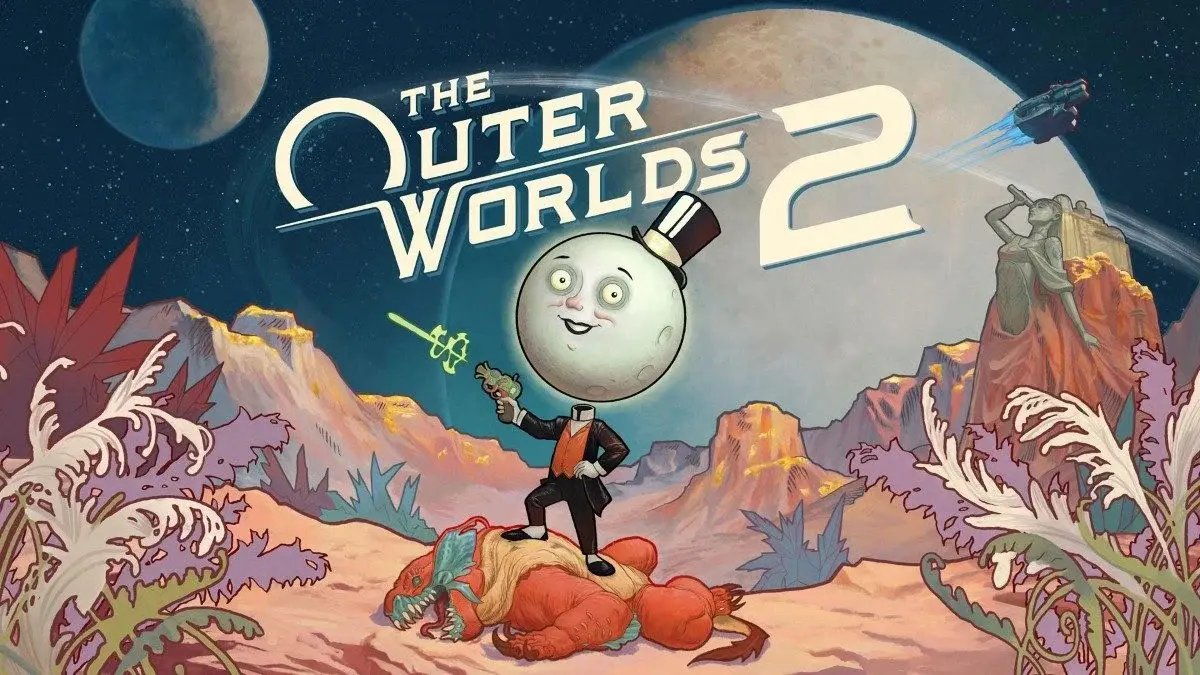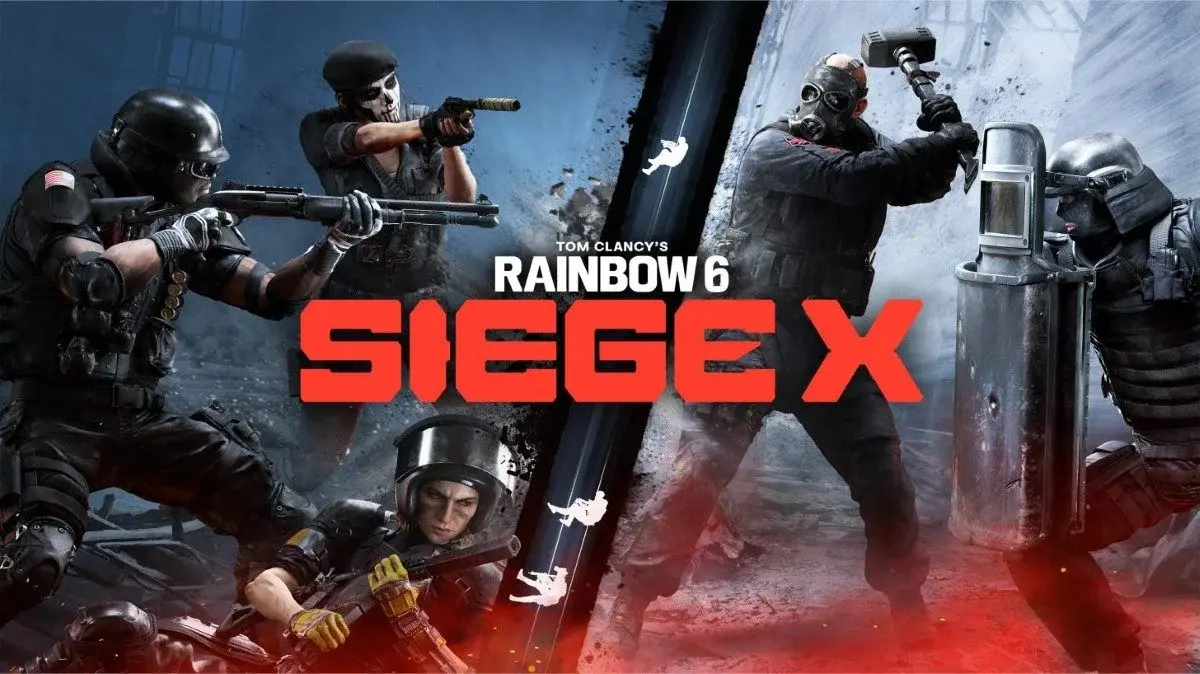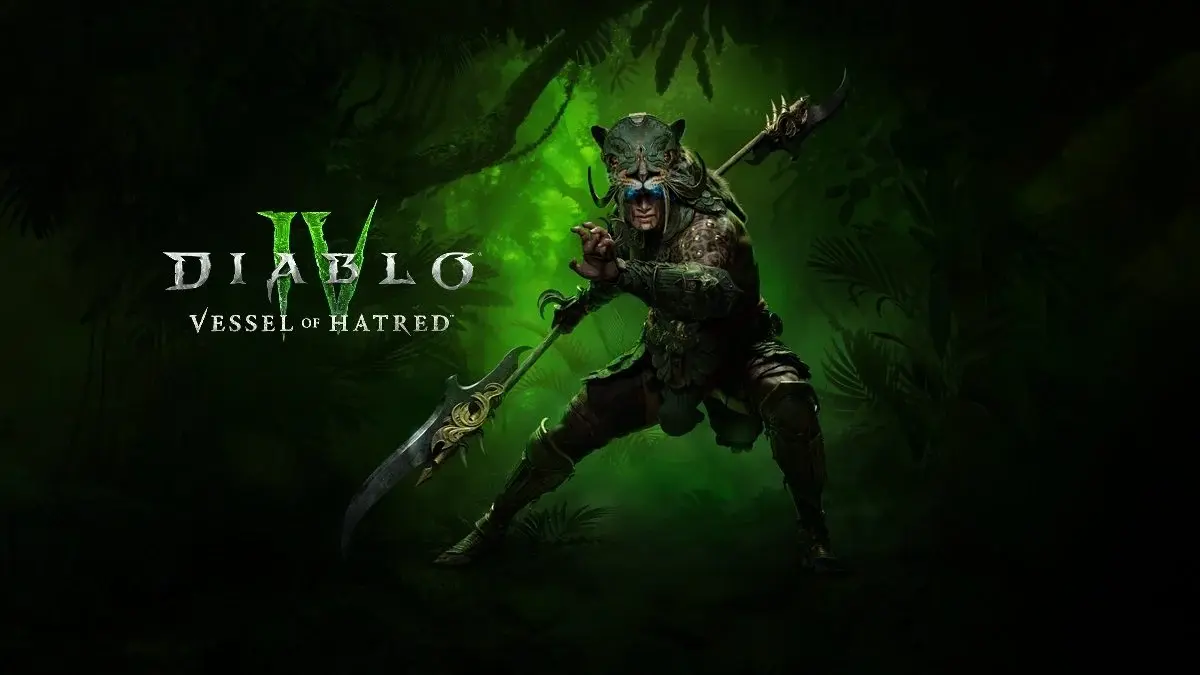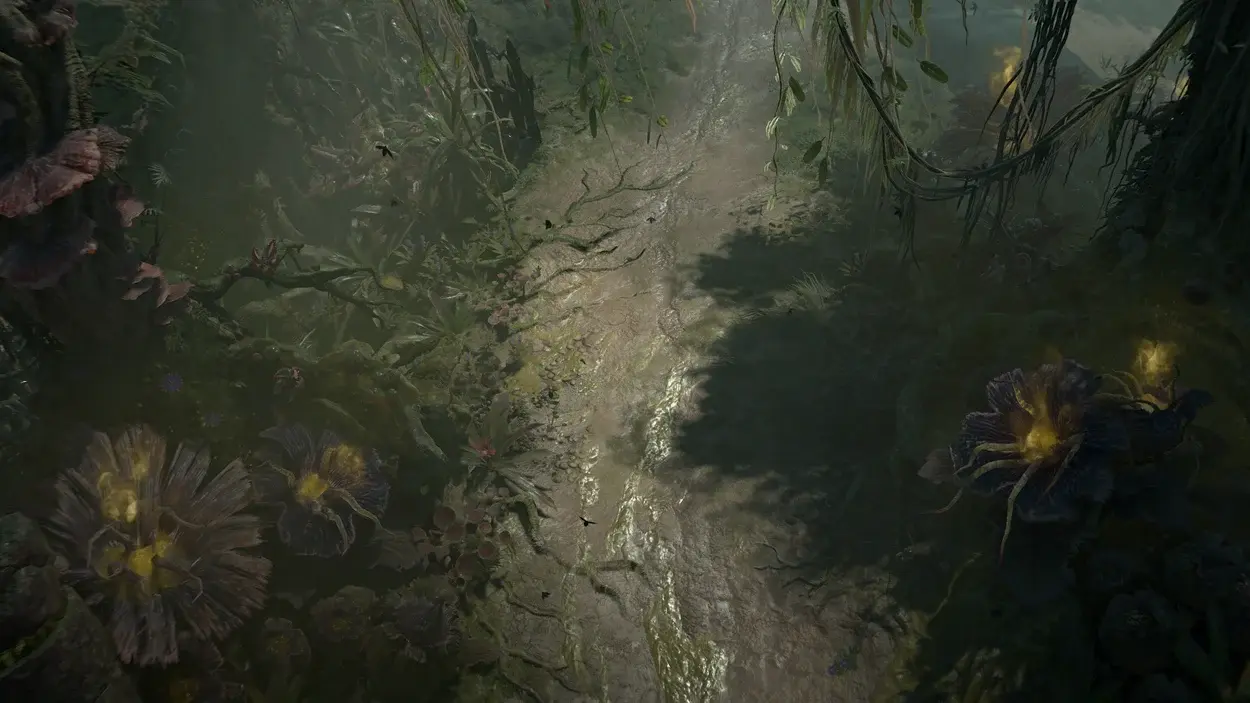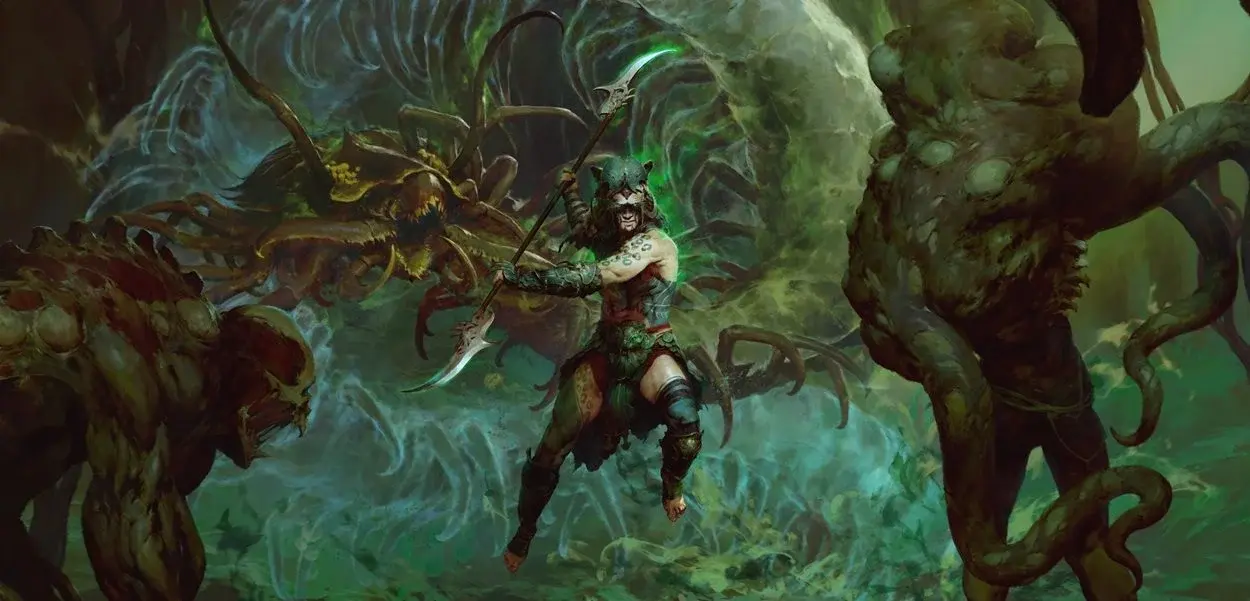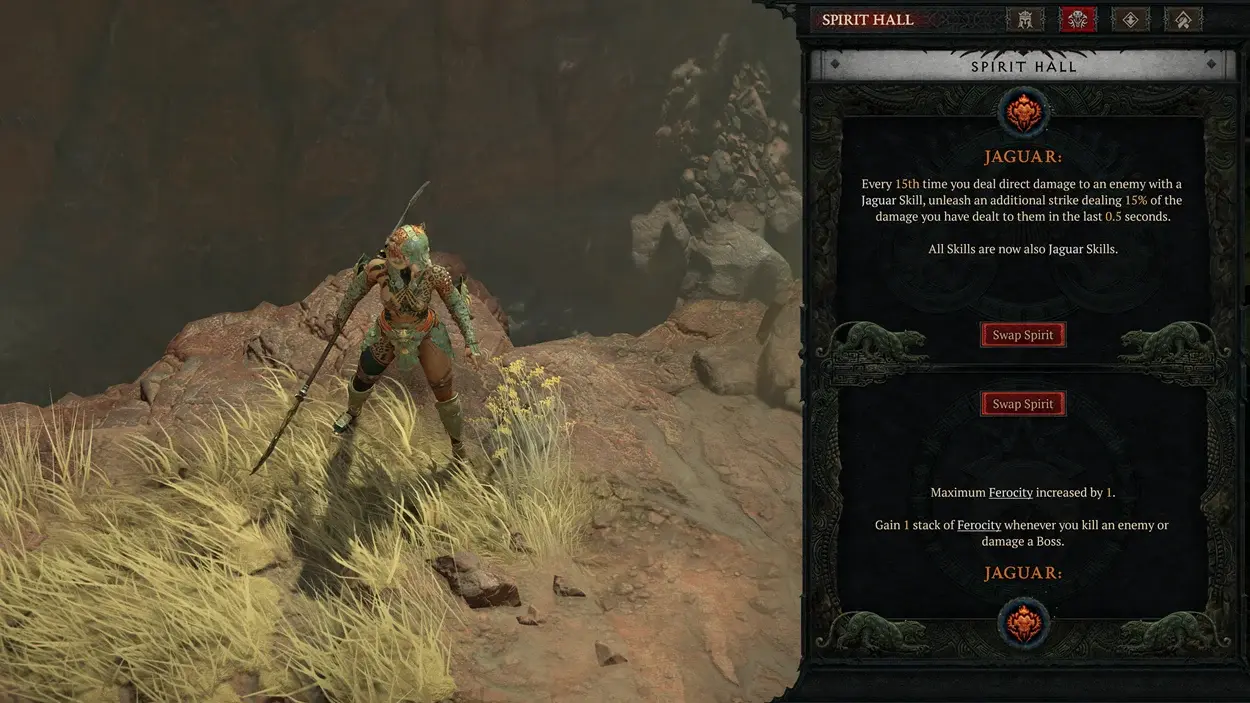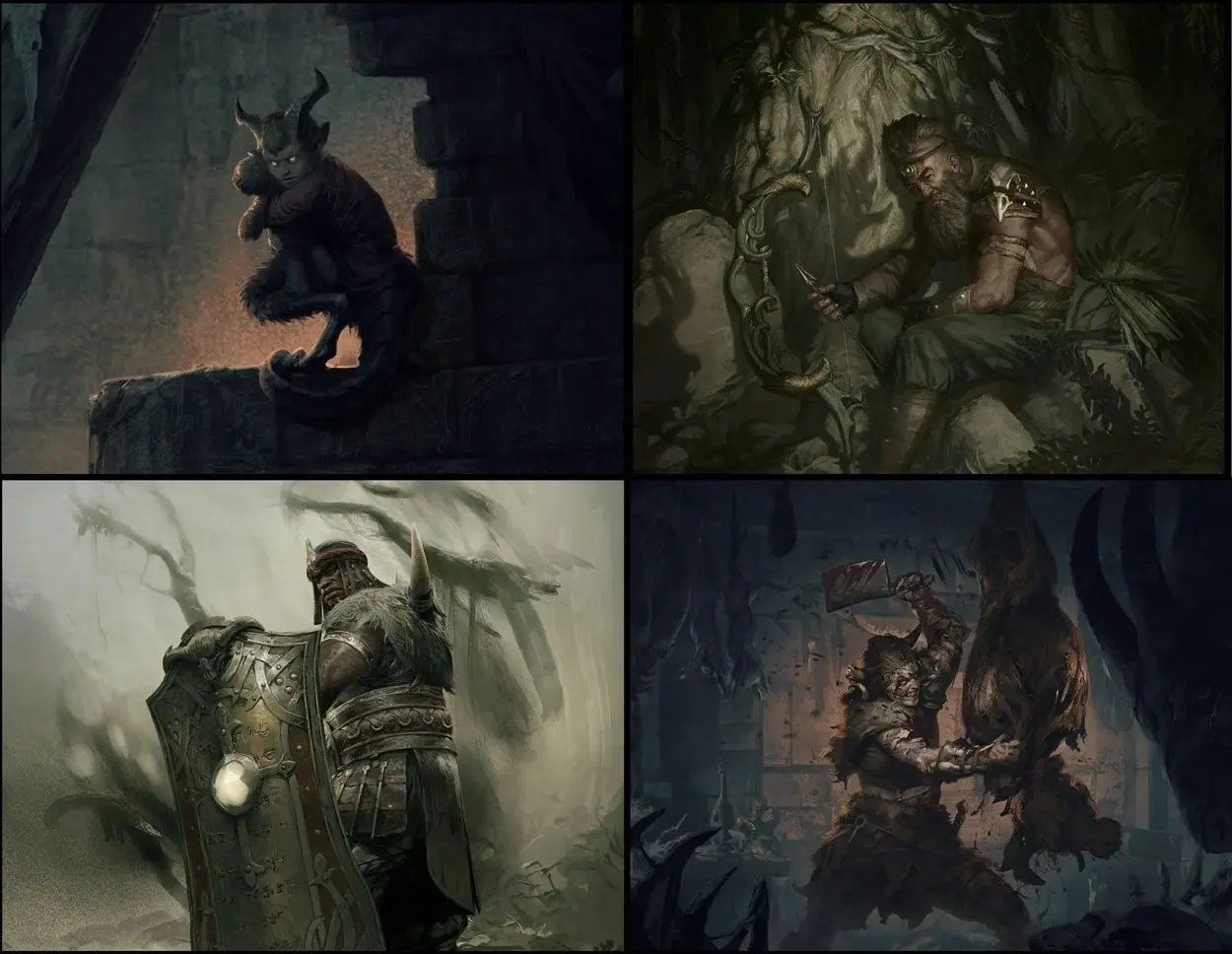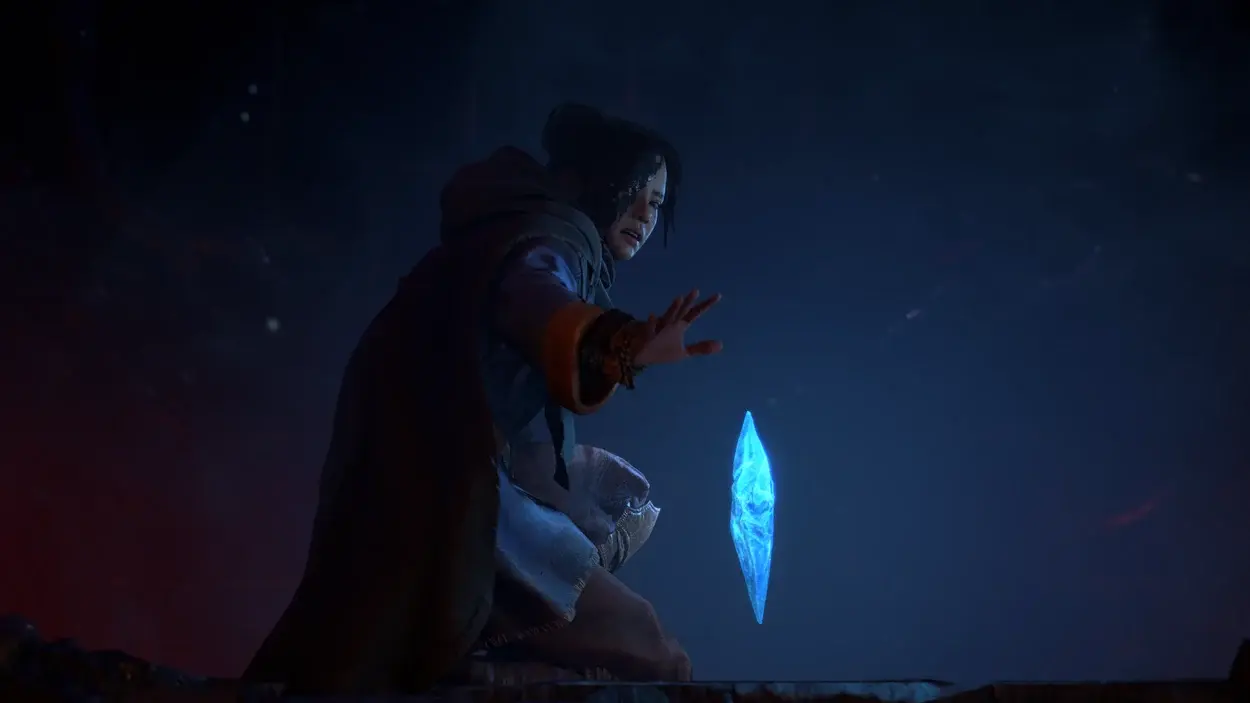In the footsteps of Mephisto.
It’s no secret that Diablo 4 has been going from strength to strength since its stellar launch followed shortly after by the plunge back down to Earth with a lacklustre first season. Even now there are still some who’ll turn their nose up at Vessel of Hatred, based purely on the bad taste that initial experience gave them – and that’s a shame, because Vessel of Hatred rocks.
Ever since that first, truly dreadful season Blizzard has been charting a path of redemption in an effort to regain the trust of its player base. They’ve abandoned some things that players found unfun or tedious, and have worked to bring in new, exciting systems while simultaneously tweaking and reworking existing ones. With the release of this first expansion, it wouldn’t be an understatement to say that it’s an almost all-new game with plenty for players old and new to sink their teeth into.
For those playing along at home, Vessel of Hatred takes place about a month after the events of Diablo 4. Yes, the implication there is that in the space of that month Sanctuary has been plagued by threats ranging from vampires to infernal hordes of demons all took place in the span of roughly a month. Sanctuary truly is hellish place.
We pick up the story as Neyrelle makes her way in to Nahantu – a land of vast jungles to the south of Hawezar and Kehjistan. Old beards will be familiar with the region from Diablo 2, where players first went head-to-head with the Lord of Hatred. This time around though, thanks to Neyrelles actions at the end of the main campaign, Mephisto is firmly encased within a soulstone.
Unfortunately, that doesn’t do a lot to curb the threat he poses as his corruption seeps out, inflicting not just Neyrelle and those close to her with a deep, seething hatred, but the whole region. This corruption manifests as both foul creatures, afflicted with worm like rot, and fungal eruptions with long twisting vines.
Hatred had long ago soaked deep into the very core of Nahantu and now, with Mephisto’s return, it’s bubbling out once more. Protecting those that inhabit these jungles are the Spiritborn – shamanistic monks that hail from an ancient civilization long since fallen. These warriors tap into the spirit realm and draw from the powers of their spirit guardians to fight back the onslaught of hatred infused beasts.
The four guardians can be loosely divided into two groups: those with passives and those without. The fiery and fast Jaguar and the defensive-focused Gorilla each have their own passive that provides a different buff – Ferocity and Resolve respectively. It’s pretty simple, with the right gear, to make a build that stacks these passives to high heaven and turn you into a veritable animal on the battlefield.
On the other hand, we have the Eagle and the Centipede, who bring a different vibe to your playstyle. The Eagle is all about mobility, and so many of its skills buff your movements speed or your evade. The Centipede is the damage over time king though, and most of its abilities sacrifice direct damage for lingering poison effects and player survivability.
Blizzard has clearly put a lot of effort into making each of the four guardians feel distinctly unique, and nowhere is that more obvious than in their Ultimate abilities. The Jaguars focus on speed and aggressiveness are on full display when you leap across the battlefield with The Hunter, while the commanding Eagle knocks down and blasts your foes with a surge of electricity when you call it forth with The Seeker
While they’re all visually impressive, they all pale in comparison to the mighty Centipede. From the towering design of the spirit itself to the deep, visceral sounds of its attacks, the Centipede undoubtedly leaves the strongest impression – even if it may not be the best option deeper into the end game.
At level 15 the Spiritborn get access to their class specialty, the Spirit Hall. Each of the spirits provides its own flavourful buff to abilities featuring its keyword and also applies that keyword to every skill you have. These can be truly game changing in the level of customization they offer, but sadly for some of them the buff they provide, while potentially strong, is far less interesting.
Take the Gorilla vs the Jaguar. The Gorilla buff applies 100% of your Thorns damage to all of your Gorilla abilities (which they all are now, thanks to it applying the keyword to all skills) while also generating a barrier. The Jaguar, on the other hand, just makes every 15th hit deal 15% of the damage you applied in the last 0.5 seconds. Potentially strong, far less useful moment to moment.
At level 30 you also unlock a second Spirit slot, though the buffs this time around are more nice-to-have passives than game changers like the first slot. Think things like increasing your critical strike chance, healing you or bumping up the passive stacks of some of your abilities.
I spent my time in the review period playing as the Spiritborn and, while undoubtedly a compelling class, it doesn’t feel like a good fit for me. I never liked the Monk in Diablo 3 and pound for pound the playstyle of the two classes feels very similar. While the skills are all varied and extremely well designed from an audio and animation perspective, many of them lacked real excitement – they all felt too balanced.
Build-crafting in ARPGs has never been for me, but the temptation is strong to embrace a mono-spirit guardian playstyle and lean heavily in to skills for just one of the four options. Jaguar skills tend to buff other Jaguar skills, for example, so it’s easy to get sucked in to picking just those ones up. No one guardian can do everything though, meaning to truly unlock the potential of the class you’re going to need to mix and match to find the right balance of defence, offense and mobility.
There’s little doubt in my mind that there are some excellent, super strong builds being cooked up even as you read this by those YouTubers and guide writers who are far, far smarter than me when it comes to mixing the secret sauce of an S-tier build. Sadly, for us average schmucks, Spiritborn presents as a jumble of keywords and passives that make it hard to decipher and solve for the problems your build has.
Of course, it’s not just the sweaty jungles of Nahantu that are making their way back into the light from previous Diablo instalments. There are changes to Glyph levelling a la Diablo 3’s Legendary Gems (hmm) and Rune words to modify your gear are back from Diablo 2 (yawn), but perhaps the most interesting reintroduction is that of the Mercenaries.
Similar to the Followers of Diablo 3, Mercenaries in Diablo 4 allow you to choose a companion to set out with you when playing solo. More than just providing some extra damage or another target for the monster’s ire, the Mercenaries each provide varying buffs and bonuses to better empower your character.
Each Mercenary can be recruited in one of two ways: either by hiring them directly, in which case they roam around the overworld with you and help you out all the time, or you can bring them on as a reinforcement. When hired, the mercenaries will or course fight alongside you and. provide you with any relevant buffs you may have chosen from their respective skill trees and also gain Rapport – their levelling experience – at the standard rate.
Choose them as a reinforcement though and instead they will only deploy a specific thing occurs. Maybe you want them to cast a certain skill alongside one of yours or use their taunt when you’re afflicted with crowd control – if so then picking them up as a reinforcement is the way to go. Do bear in mind though that they’ll only earn rapport at half the usual rate when recruited in this way, so you’ll have to wait a little longer to unlock their good skills.
Each of the merc’s are unlocked as the story progresses, with Raheir the tank being the first you’ll meet. Once you’ve encountered him through the main campaign and accompanied him to unlock your very own hideout, you’ll then be able to recruit him and set out on side quests to unlock the rest. The little side quests help you get to know your soon-to-be companions and give you a little taste of why they’ve ended up as part of the Pale Hand mercenary company.
Speaking of the story, the campaign and our journey throughout Nahantu further supports my opinion that Mephisto is the most interesting of all the Prime Evils. Sure, Terror and Destruction are far more overt in their corruption but it’s the Lord of Hatred whose reach can never fully be understood.
He’s subversive, working his way under the skin of those he’s afflicted. Eroding their trust. Isolating them. Hollowing them until nothing human remains of them – only their never-ending hatred. Many will never even know they’re feeling his influence until it is far too late for them to do anything other than succumb to his power.
Thematically this allows the campaign to explore relationships in interesting and meaningful ways. What does it mean to be a friend? Can you ever truly rely on others? Why do those closest to you seem to be the ones that inflict the most pain? Much of this is touched on and even discussed outwardly between various characters throughout the 8 or so hour story.
This cycle of hatred, forgiveness, and the juxtaposition of “doing what’s right” in a world like Sanctuary… there’s a lot I could say here, though in the interest of letting you experience it yourself (and avoiding spoilers) I’ll stop there. Suffice to say that the storytelling throughout this chapter of Diablo 4 is the best it’s ever been.
I stepped out of the campaign almost bang on level 50, which means the devs have perfectly tuned the campaign experience to spit you out where should you start from level 1. I didn’t pick up or complete any extra quests along the way (except for those to unlock the Mercenaries) and hardly touched any public events and still managed to cruise past the big five-oh.
Much like a certain other famous cruise though my joy ride ended rather abruptly – shortly after stepping foot outside of Kurast for the first time post-story. The first pack of elite mobs I encountered handed my ass to me so thoroughly I thought that something was wrong. Had I forgotten to equip a gear slot? Was one of my gear pieces broken?
Suddenly, the hodge-podge build I’d admittedly jumbled together and secured with spit and duct tape was hitting like a wet noodle, while enemies were hitting me so hard I thought that truck-kun was on his way to isekai my ass. Or, worse yet, maybe I’d already died and been sent to one of those isekai’s where the main character is comically weak. I was simply at a loss. Up until a few minutes prior my build was doing fine now out of nowhere I was getting clowned on for just looking at an enemy the wrong way.
Gingerly, I made my way over to a dungeon and slowly cleared my way through to try and secure some useful gear and affixes. Checking the first Legendary I saw revealed the issue immediately – an item level jump of nearly 100. It took only another dungeon or two to get myself back up to speed, but sheer scale of the brick wall I hit at 50 was disastrous.
We’ve been told that the version of the game we played wasn’t the same that will go live next Tuesday, and so I trust that the 2.0 patch will address this. I really hope so, because for many casual players that brick wall will feel insurmountable, and the sheer whiplash experienced – without any outward change in difficulty – will see them drop the game on the spot.
Diablo 4 launched with Season 0 just over a year ago now, but with Vessel of Hatred’s release the game today is nearly unrecognisable. Virtually every system has felt the gentle caress of the quality-of-life bat and the game is in a far better place for it. Season 5, the one just before the expansion’s launch, was absolutely the best the 4th instalment in the storied franchise has ever felt to date.
There are even more changes being rolled out in Vessel though not all of them feel like they’re for the best. I wasn’t able to reach deep into the end game during my time with the review build and so I wasn’t able to feel the full impact of these changes and to see whether these new systems truly have legs. The outlook is good though, and the past 15 months have shown the commitment the Diablo developers have towards making this the best game they can. Here’s to another year of Diablo 4.
Diablo 4 Vessel of Hatred was reviewed using a promotional code on Windows PC, as provided by the publisher. Click here to learn more about Stevivor’s scoring scale.
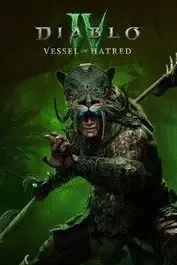 |
Diablo 4 Vessel of Hatred6 June 2023 (base), 9 October 2024 (DLC)PC PS4 PS5 Xbox One Xbox Series S & X
|
This article may contain affiliate links, meaning we could earn a small commission if you click-through and make a purchase. Stevivor is an independent outlet and our journalism is in no way influenced by any advertiser or commercial initiative.

